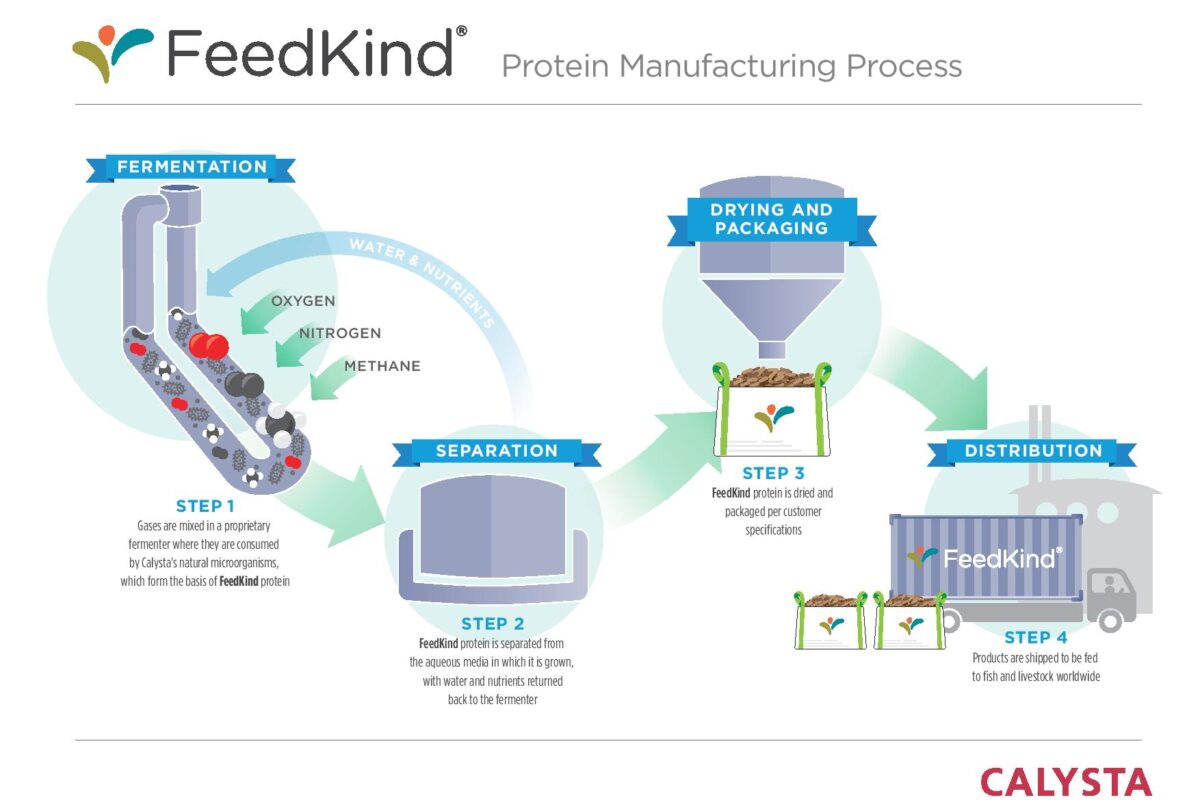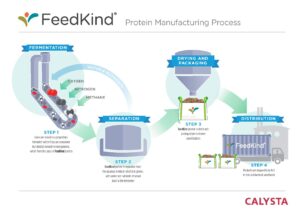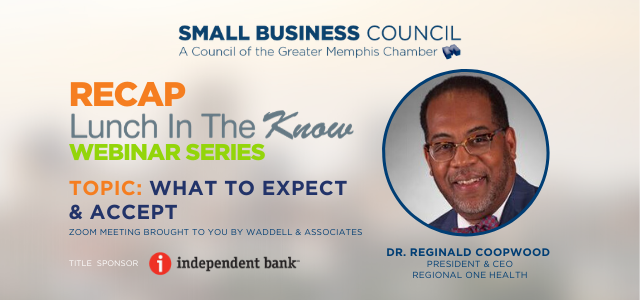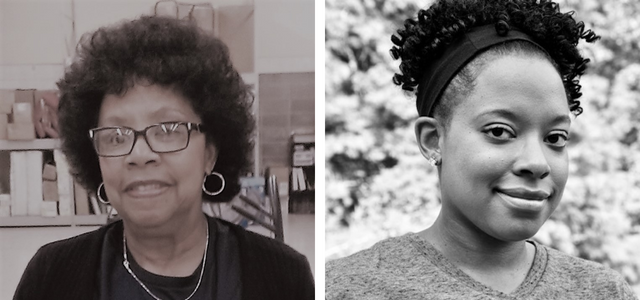
Just down the Mississippi on a little piece of President’s Island, they’re making fish food out of thin air.
Seriously. This technology is real, and it’s happening in Memphis on the largest scale in the world by thousands and thousands of tons.
PROBLEM → SOLUTION
First, some important background: The world eats a LOT of fish. The industry of commercially producing these huge numbers of fish (think giant fisheries with huge tanks, trucks, and ponds) is called aquaculture.
Aquaculture is a major global industry – and one of the most critical pieces driving business plans, budgets, and profits within that industry is what to feed the fish.
So what do fish eat? In a gross twist, fish eat OTHER FISH. There are fishermen who catch thousands of fish for this sole purpose. They can also eat other natural resources containing protein – things like soy, corn, and animal products. The problem is, there are way too many fish to feed for this to ever be a sustainable model, since these natural resources are also needed on so many other levels of the food chain.
In light of potentially running out of food for animals and humans because we are using our resources to feed fish, some very smart scientists at Calysta came up with a process to eliminate the excess and get down to the only thing the fish really need to survive – the protein that makes up all of these natural resources.
This is the part where science far exceeds my 3-hour course of “Chemistry in the Modern World” – but essentially, the elements that help build these proteins naturally occur in soil.
In a proprietary process (owned by Calysta), gases like methane, oxygen, and nitrogen are captured from the soil, mixed with water, fermented, dried, and packaged into what you see in the image below – fish food out of thin air.Patrick Lantrip of The Memphis Daily News says the process is similar to making yeast, but I know as much about baking as I do about science, so I cannot independently back up this claim.
This technology is not new, but it’s never been produced on a commercial scale.
Enter Cargill. The largest privately-owned company in the United States, Cargill operates a vast network of resources involved in the production of food on the largest scale imaginable, from manufacturing to political advocacy.
This is where Memphis comes in.
Cargill and Calysta joined forces to create a venture called NouriTech that could bring this product to the masses. When they began to search for a location, they started with existing Cargill properties in North America – including a 37-acre property on President’s Island, which was so huge that it made the entire city’s MLGW bill go up by 22% when the corn mill there closed in 2015 (they were the city’s largest water customers). Almost 500 people lost their jobs.
(This facility helped make a lot of corn syrup, which isn’t so hot in the trendy diet scene of 21st century America. Demand was decreasing, not to mention that most of the country’s corn is grown between Nebraska and Illinois… not an easy drive from the Delta.)
Obviously, partners in Memphis and throughout the state were eager to have someone take over this property. We competed with several other cities for this project, including Houston, Mobile, and Alberta, Canada – and in 2016, they picked us.“Cargill has been a part of the Memphis community for 40 years,” Brian Silvey, Cargill’s Global Vice President of Bioindustrial said in a release at the time. “With the strong support of the state of Tennessee, Shelby County and City of Memphis, we are pleased that the venture chose to locate the facility in Memphis.”
NOURITECH MOVES TO MEMPHIS
Converting the existing Cargill property to support NouriTech wasn’t a simple process, and the same partners who attracted the company here had to work together to figure out how to solve several other issues.
For example, in order to create a consumable product, the new facility required an odorless gas line, something MLGW does not typically provide for safety reasons. Certainly many phone calls and site visits were made by many people, and the groundbreaking for NouriTech was finally held in April 2017.
The facility is still under construction, with the first phase set to be complete in 2018 (very soon) and the second in 2020.
THE FUTURE
Calysta and Cargill have called this facility North America One – as incredibly specific as this thing may sound, the market for this product shows no signs of slowing down, and the company is hoping to use the Memphis facility as a model for additional facilities around the world.
In the bigger picture, creating these proteins while conserving natural resources also impacts the much larger issue of feeding the world’s population as it grows exponentially.”Hopefully we’ll address one of the biggest issues the world faces today, and that is food security,” said Calysta President and Chief Executive Officer Alan Shaw about the product. “FeedKind is a new natural, sustainable feed ingredient for fish, livestock, even your pet, and it’s going to start here. I think we should all be very proud here in Memphis, we’re actually starting to make a difference to that, probably the world’s leading issue.”Memphis may be the home of blues and barbecue, but there are wheels spinning on places like President’s Island that are bigger than most people know. It may feel like a small town – but it’s a big city, and there are big things happening. Don’t take your eyes off us.




